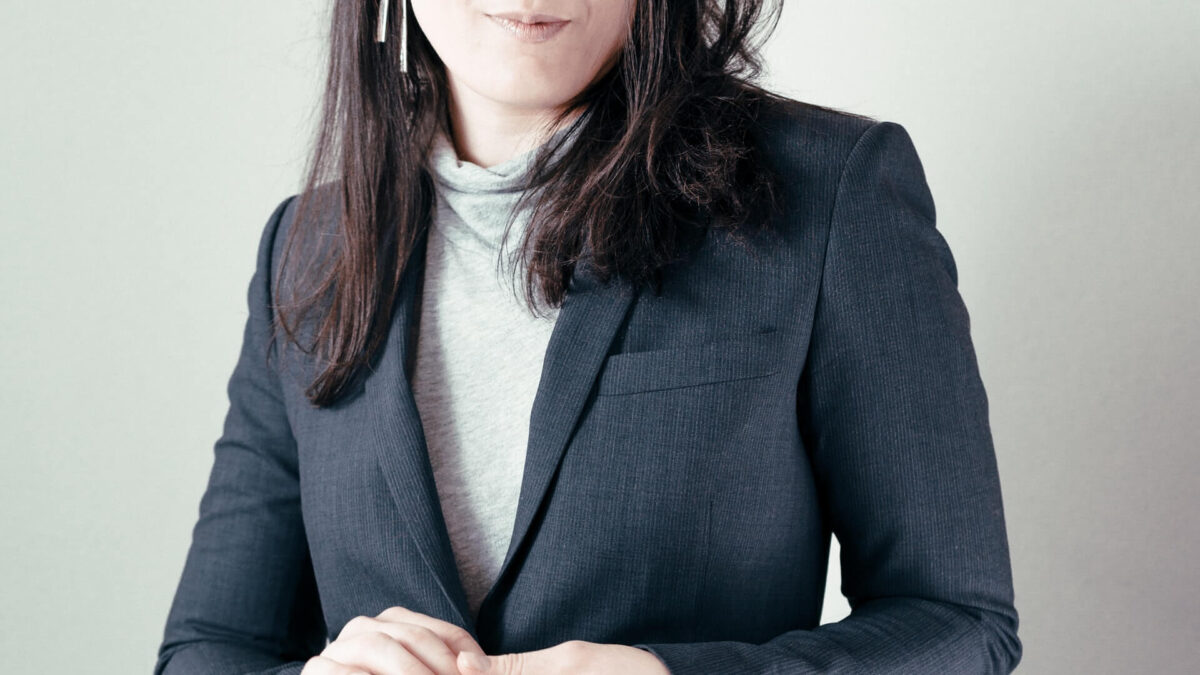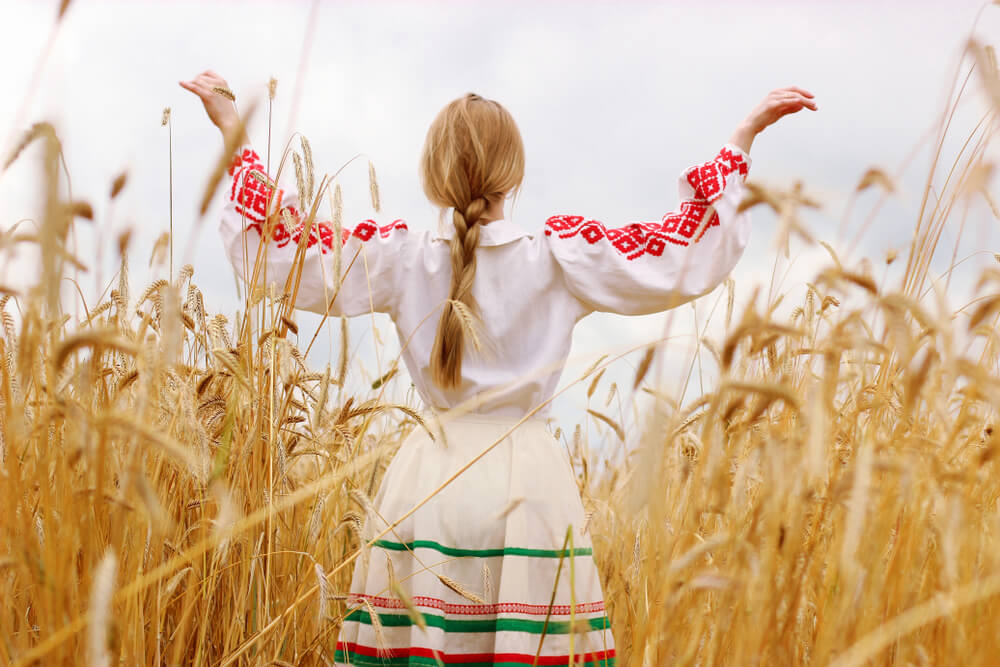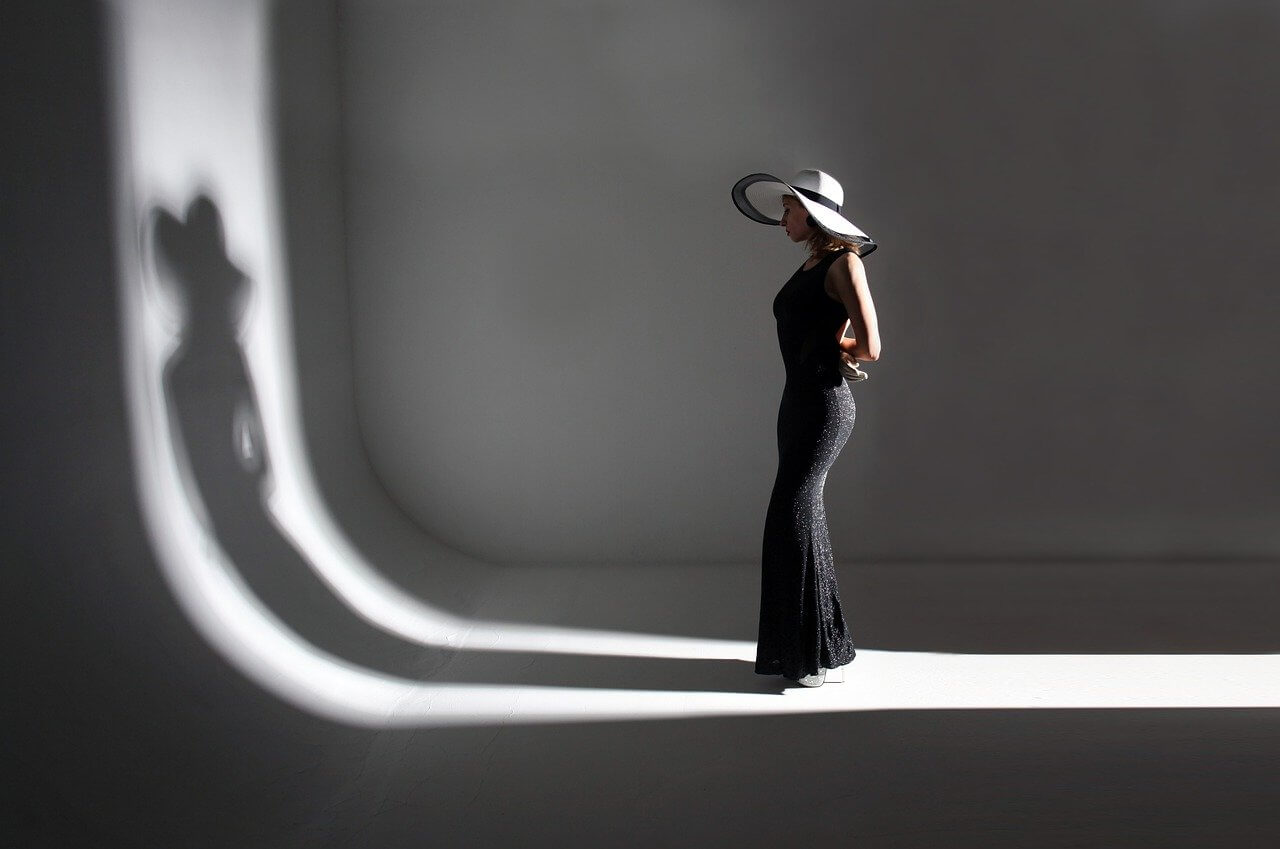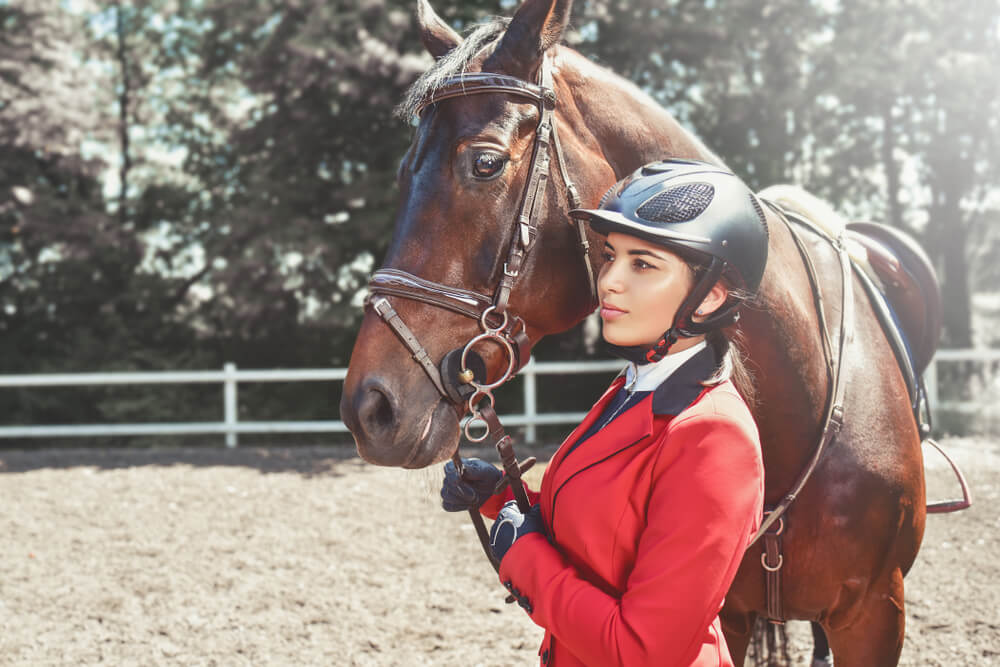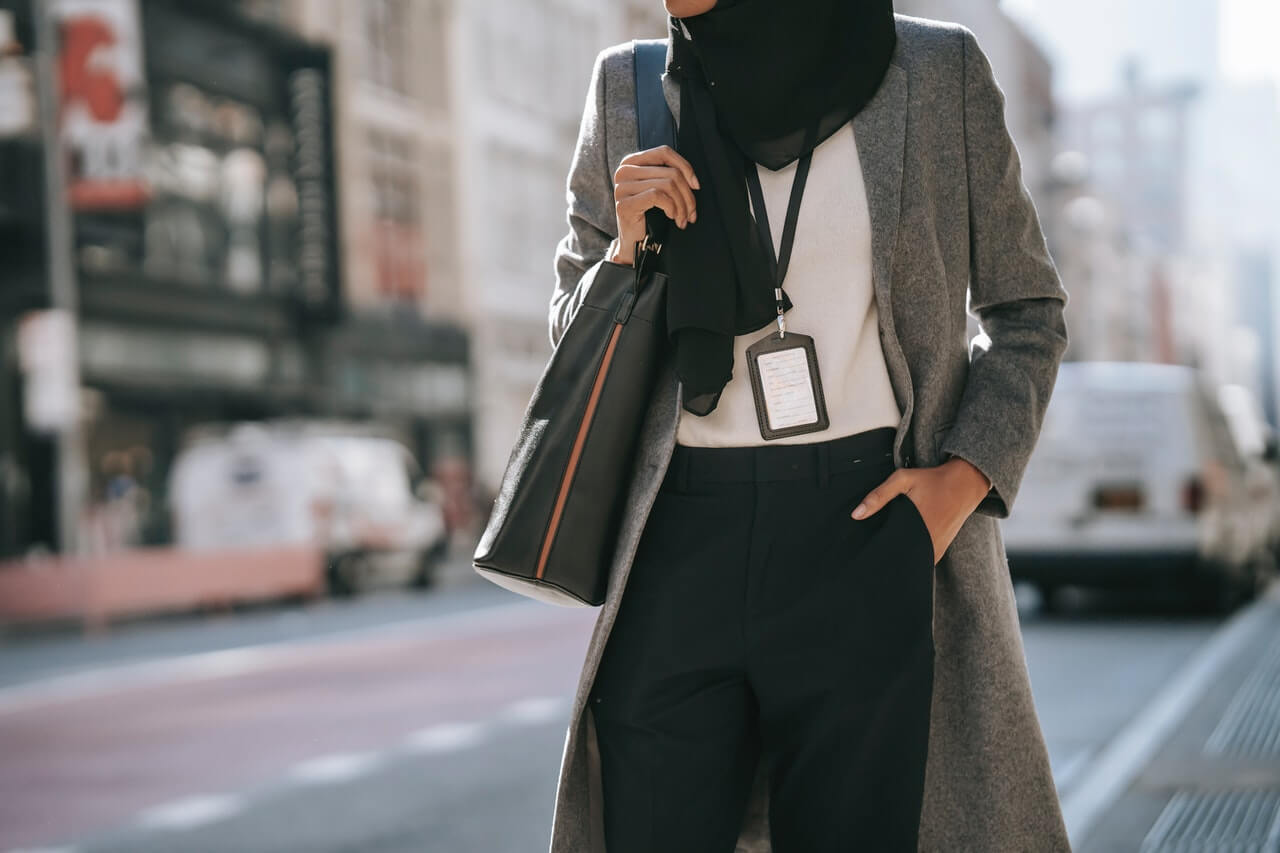
The Boho style has its roots in the nomadic Gypsy tribes who lived in Bohemia, the western part of present-day Bohemia, in the 18th century. Nomads ignored the norms, rules and values of the masses, which was expressed in clothes - they dressed comfortably, creating multi-layered outfits of lush skirts and loose tunics, often worn. They lived away from social life, settling small poor areas on the outskirts. 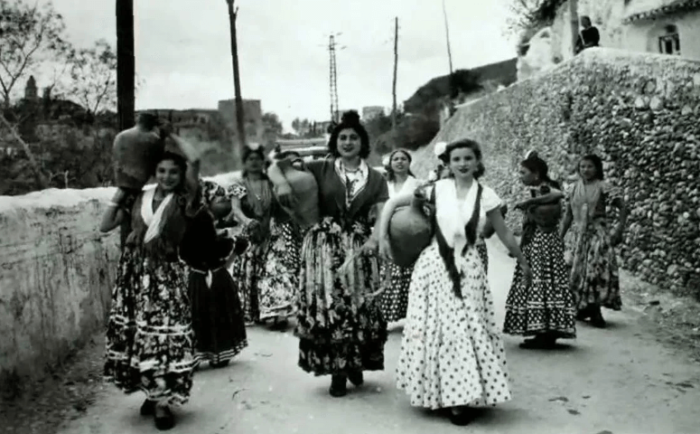 After the French Revolution, when representatives of the creative intelligentsia lost the patronage of aristocrats, the lifestyle of the Gypsies began to attract artists, writers and musicians. Now representatives of culture did not have money for chic and gloss, so worn clothes replaced elegant dresses and sophisticated suits.
After the French Revolution, when representatives of the creative intelligentsia lost the patronage of aristocrats, the lifestyle of the Gypsies began to attract artists, writers and musicians. Now representatives of culture did not have money for chic and gloss, so worn clothes replaced elegant dresses and sophisticated suits.
In order to somehow maintain the status, former representatives of secular society found a way even from worn things to make exquisite, stylish images, adopting from their Gypsy neighbors a love of freedom, comfort and bright colors. But back then, it wasn't a fashion – people just didn't have a choice.
Boho became a choice, and not a need, only in the 60-70s of the 20th century, when the "hippie" subculture was born in Europe, which shared the views of nomadic Gypsies, as well as their preferences in clothing - bright colors, an abundance of ethnic jewelry, natural fabrics and free silhouettes. 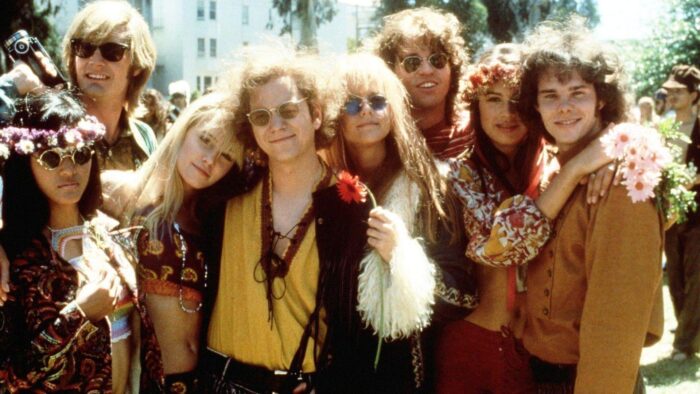 But all of the above are only the first steps towards the boho, which is now gaining popularity. The real heyday of the style dates back to the beginning of the 21st century, when eminent designers began to produce mixed images combining modern clothes with gypsy elements.
But all of the above are only the first steps towards the boho, which is now gaining popularity. The real heyday of the style dates back to the beginning of the 21st century, when eminent designers began to produce mixed images combining modern clothes with gypsy elements.
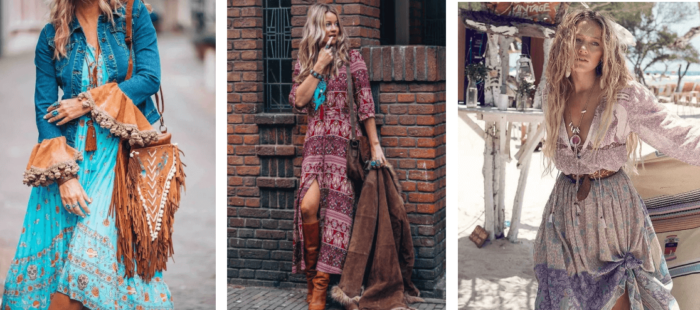 Boho is a virtually unchanged style of clothing. Its adherents do not follow trends, fashion shows and expert advice - rules, norms and principles have not changed for more than 200 years:
Boho is a virtually unchanged style of clothing. Its adherents do not follow trends, fashion shows and expert advice - rules, norms and principles have not changed for more than 200 years:


Boho is an ambiguous style, as it is multifaceted and widespread. Today, the bohemian wardrobe is loved by freedom-loving artists, Hollywood stars, and politicians – and each of them brings something different to boho. However, there are a few substyles that reflect all the basic principles and are already ingrained among bohemian worshippers.
It involves the use of expensive fabrics - velvet, jacquard, corduroy, wool, lace. All selected textures have bright colors and combine the heaviness of the material with the lightness of lace or mohair. 
Exquisite and refined images created using fur, flowers, bows, chiffon. Light, airy dresses and skirts, non-restricting tops, T-shirts and tunics. Fur is often artificial, since boho is not just a style of clothing, but a relationship with the surrounding nature and the desire to preserve it. 
Use of exclusively natural materials in clothing and accessories. All garments are safe and environmentally friendly. Eco-boho is characterized by an abundance of small details, a love of vintage, tenderness and romance. 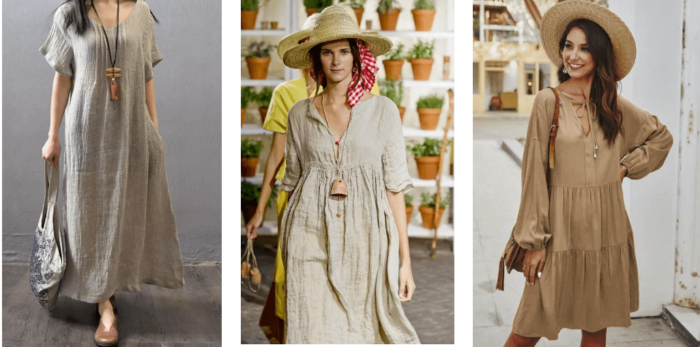
Echoes of the boho subculture are defined by bright colors, fringe, knitted clothing and accessories. It is characterized by deliberate negligence, volume of outfits and freedom of movement.  This is the basic classification of style, defined by the Artka brand - a manufacturer of clothing of ethnic styles. At the same time, over time, other substyles began to appear:
This is the basic classification of style, defined by the Artka brand - a manufacturer of clothing of ethnic styles. At the same time, over time, other substyles began to appear:

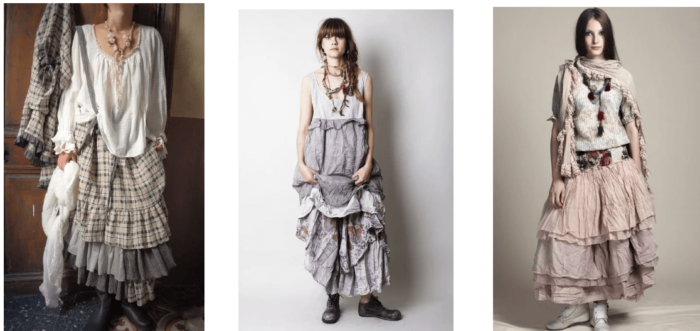
 The wardrobe of representatives of the style is built on the principle - convenient and bright, but some characteristic items of clothing are still there:
The wardrobe of representatives of the style is built on the principle - convenient and bright, but some characteristic items of clothing are still there:
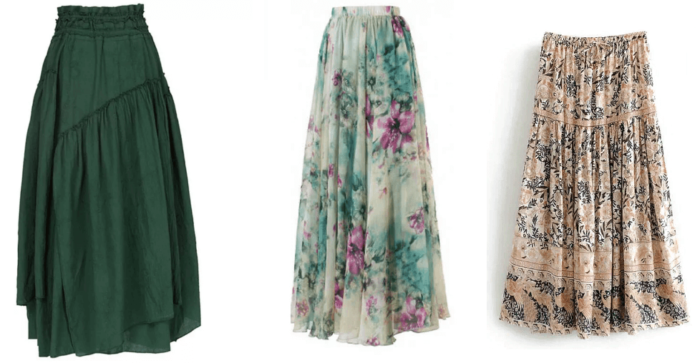
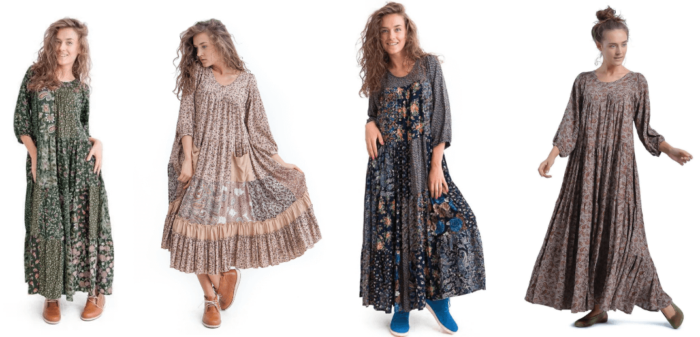
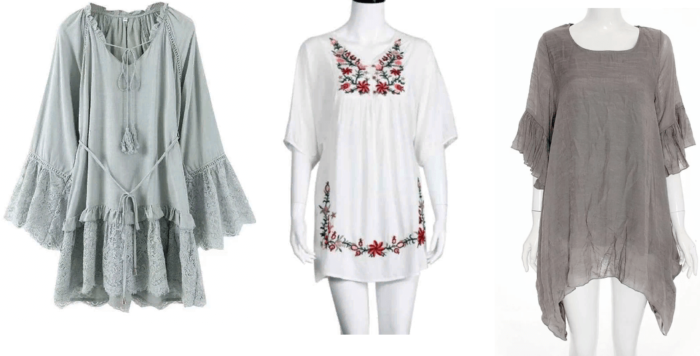
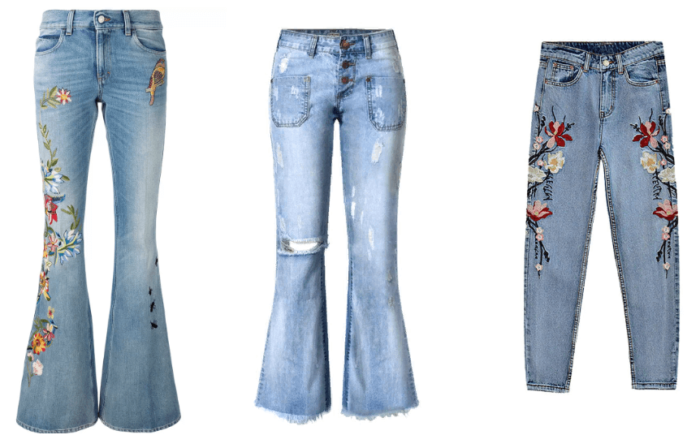
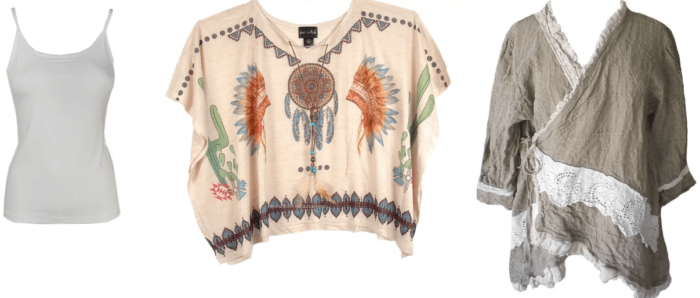
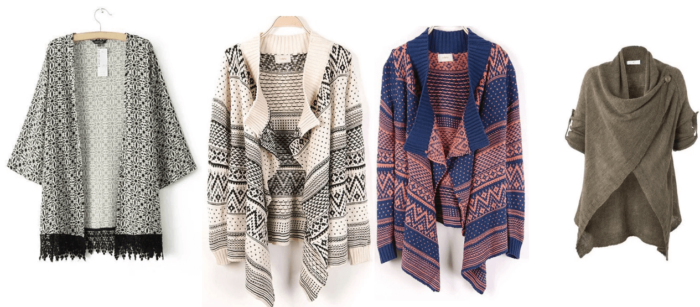
 Shoes for the image are chosen in accordance with the principles of style - comfortable, free, unusual.
Shoes for the image are chosen in accordance with the principles of style - comfortable, free, unusual.

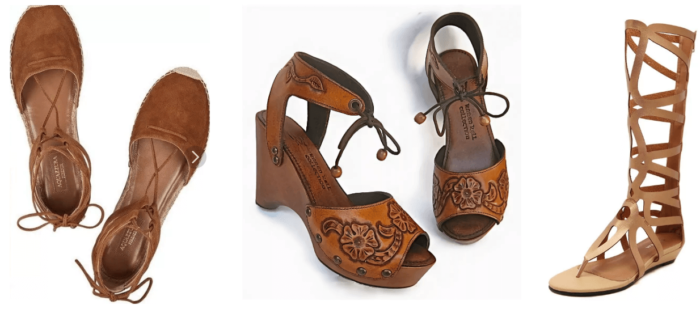 The choice of accessories is simply huge, but most often they are all made of natural, environmentally friendly materials, supplemented with pendants.
The choice of accessories is simply huge, but most often they are all made of natural, environmentally friendly materials, supplemented with pendants.

Helena Bonham-Carter is a British actress who fans fondly call "urban madwoman", and all because Helena welcomes boho and gladly brings her author's chip to it - elements of the Victorian era.  Kate Moss is attracted by loose skirts and dresses, multi-layered, complex outfits. A woman gladly chooses outfits in the boho style for everyday wear and for the red carpet.
Kate Moss is attracted by loose skirts and dresses, multi-layered, complex outfits. A woman gladly chooses outfits in the boho style for everyday wear and for the red carpet. 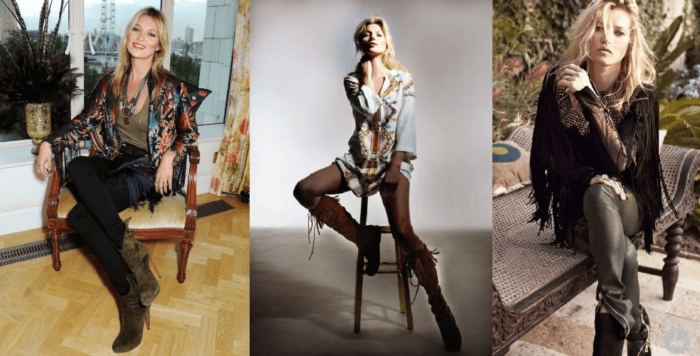 Kate and Ashley Olsen have loved boho since childhood. The girls even released a collection of clothes in this style.
Kate and Ashley Olsen have loved boho since childhood. The girls even released a collection of clothes in this style. 
 Men's boho is much less common than women's, although it is men who manage to best combine the formality of outfits with a free and even wayward style. Boho for men is:
Men's boho is much less common than women's, although it is men who manage to best combine the formality of outfits with a free and even wayward style. Boho for men is:

All elements of clothing made of natural materials or knitwear, as well as calm shades - blue, green, burgundy, brown, beige, mustard.. Men's shoes in the boho style are sandals made of good quality leather or rough boots. Oxfords, slippers, brogues are also suitable.  Accessories are different – from single bracelets made of wood to whole combinations of leather, wooden and fabric elements.
Accessories are different – from single bracelets made of wood to whole combinations of leather, wooden and fabric elements. 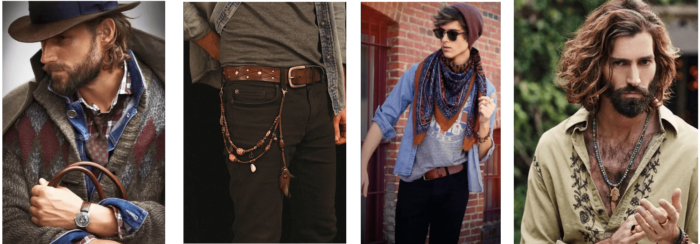 Hats, stylish glasses, rough watches, unusual rings are also suitable.
Hats, stylish glasses, rough watches, unusual rings are also suitable.

